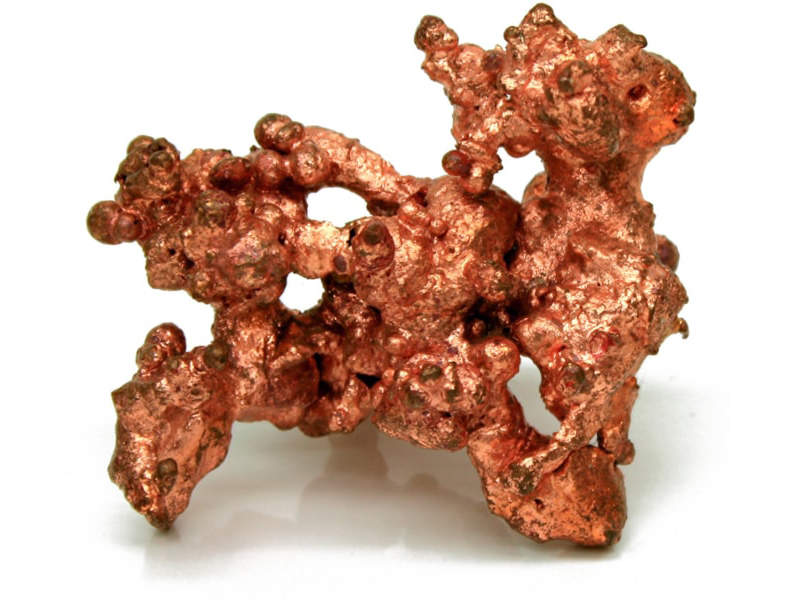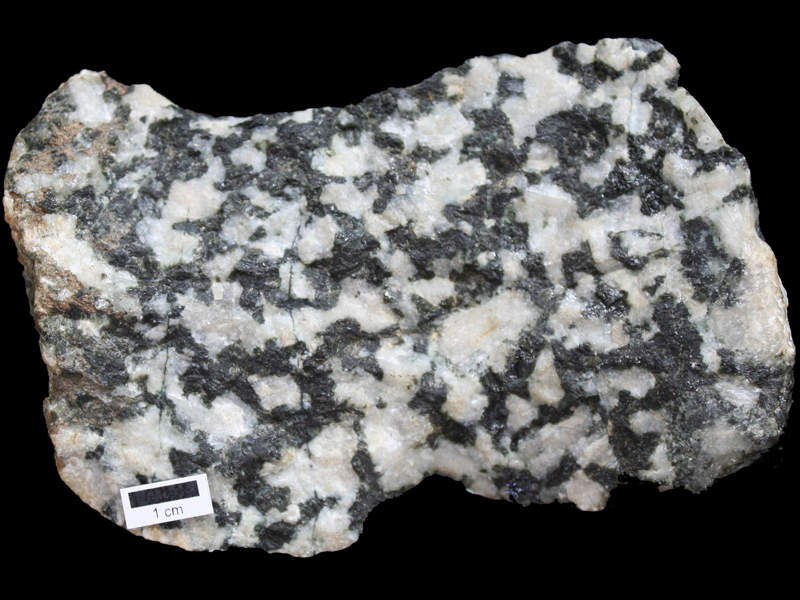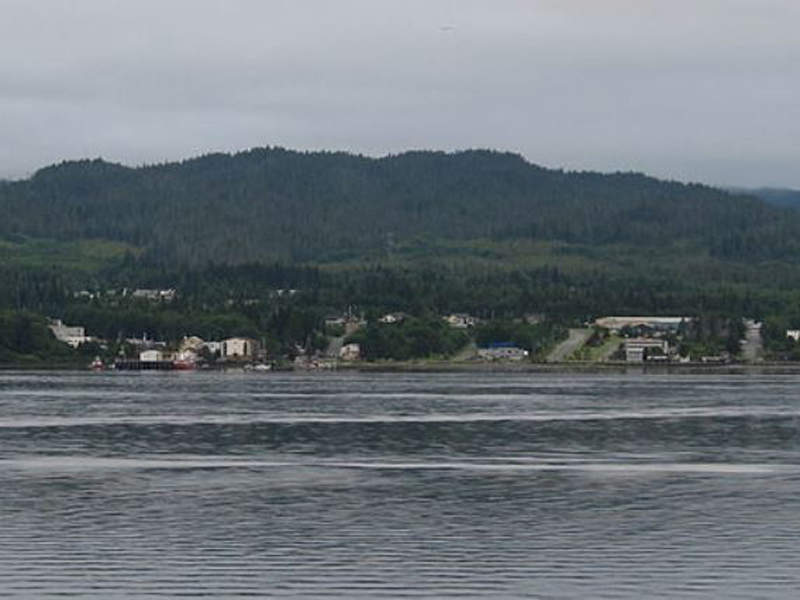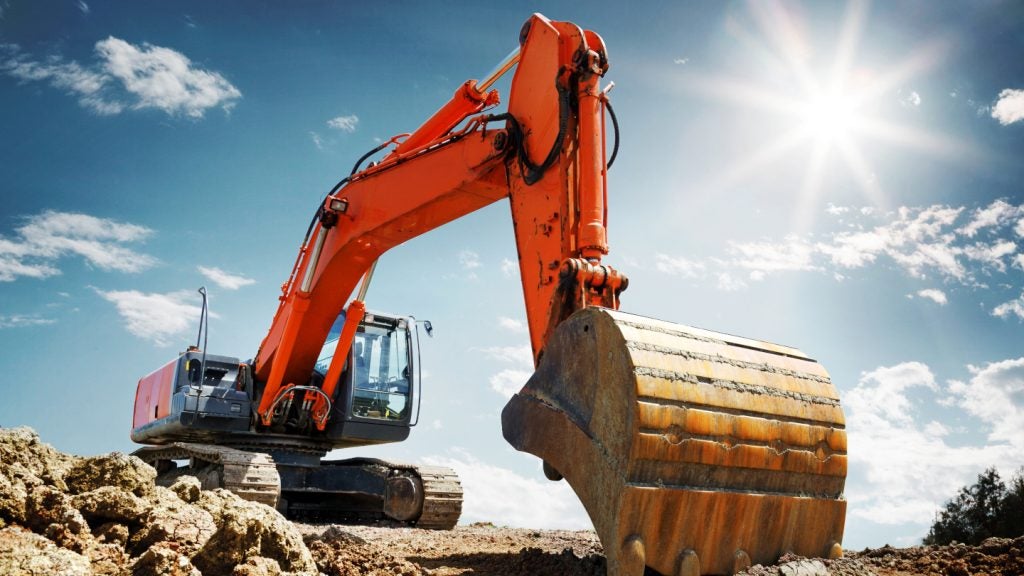Located in Vancouver Island, British Columbia, Canada, the North Island copper and gold project is being developed by NorthIsle Copper and Gold through its fully owned subsidiary North Island Mining.
The preliminary economic assessment (PEA) study for the project was completed in September 2017, which indicated that the annual production from the Canadian copper-gold project is estimated to be 82Mlb of copper, 79,000oz of gold, and 3Mlb of molybdenum.
The mine is estimated to have a life of 22 years and an overall production of 1.8 billion pounds of copper, 1.7Moz of gold, and 55Mlb of molybdenum.
Geology and mineralisation of North Island project
The copper-gold project is a combination of 212 mixed legacy and cell mineral claims covering 33,447ha. It comprises two main deposits, namely Hushamu and Red Dog, along with five partially explored copper-gold porphyry deposits.
The dominant rocks of the Hushamu deposit are believed to be from the early to mid-Jurassic Bonanza Group volcanics and the Mid-Jurassic Island Plutonic Suite.
Major lithological units found at Hushamu are andesite, diorite, quartz-feldspar porphyry, hydrothermal breccia, and late breccia. The massive andesite is host to most of the alteration and mineralisation found at the deposit.
The deposit hosts four main alteration styles namely silica-clay-pyrite (SCP), silica-clay-zunyite (SCZ), chlorite-magnetite (CMG), and propylitic. The dominant structures are northwest and northeast normal and strike-slip faults, while the dominant fault is called the Hushamu Fault, located in the main valley at the north side of the deposit.
The deposit mineralisation was mainly intruded by Rose Porphyry, a granite porphyry.
The deposit is contained within the west-northwest trending quartz-magnetite breccia, held in altered Bonanza Group rocks adjacent to quartz-feldspar porphyritic dykes.
North Island project reserves
The Hushamu deposit is estimated to contain indicated resources of 1.4 billion pounds of copper, 2.8Moz of gold, and 65.7Mlb of molybdenum.
Mining at North Island
Conventional truck and shovel method of mining will be applied at the Hushamu and Red Dog open-pit deposits of the North Island project. Mining is expected to be conducted at a rate of 64Mtpa, producing an average of 54Mtpa over the first 12 years.
The Hushamu open-pit will be developed in four phases and is expected to extract 50,000t of ore a day, while the Red Dog deposit is estimated to extract 25,000t of ore a day.
Overland conveyors will be used to transport ore from the two deposits to the processing facilities. The mine will operate four production drills, three hydraulic shovels and two wheel loaders, and 18-220t class unit trucks.
Waste rock from Hushamu deposit will be delivered to the tailings dam construction and within the mine waste storage facility.
Ore processing
The processing plant at North Island project will be a conventional flotation plant with a nameplate capacity of 75,000tpd. It will produce separate copper/gold, molybdenum, and pyrite concentrates as saleable products.
Run-of-mine (ROM) ore from both the Hushamu and Red Dog deposits will be crushed and stockpiled before conveying to the process plant. The ore will pass through conventional semi-autogenous (SAG)/ball mill grinding for processing to a size suitable for flotation.
Copper-molybdenum concentrate will be initially produced from the flotation process, followed by the separation of molybdenum from copper in the flotation circuit. A final copper/gold concentrate and a molybdenum concentrate will be produced after separation.
Pyrite will be recovered from the bulk copper-molybdenum flotation rougher tails in a pyrite scavenger flotation circuit. The concentrate will be combined with the tails from the bulk cleaner circuit and processed in a pyrite upgrade flotation step to produce a clean saleable pyrite concentrate.
The final copper/gold and pyrite flotation concentrates will be filtered and directly loaded onto highway haul trucks for transport to the market, while the molybdenum concentrate will be filtered, dried and packaged for transport to the market.
Infrastructure facilities
Power supply for the mine will be made through a new 36km-long, 138kV power line connecting to an existing BC Hydro electrical substation in Port Hardy. A 28km-long, 34.5kV powerline will be constructed for power distribution across the site.
The project is accessible from Port Hardy through paved roads and well-maintained logging roads.
Contractors involved
M3 Engineering & Technology prepared the preliminary economic assessment (PEA) for the copper-gold project.
GeoMinEx prepared the geology, exploration and environmental study, while Base Metallurgical Laboratories prepared the mineral processing and metallurgical testing models.
Phil Burt Consulting Services prepared the mineral resource estimates, while Golder Associates designed the mine waste storage facility.
EMG Mining Consultants estimated the pricing for the mobile equipment to be used at the project.










